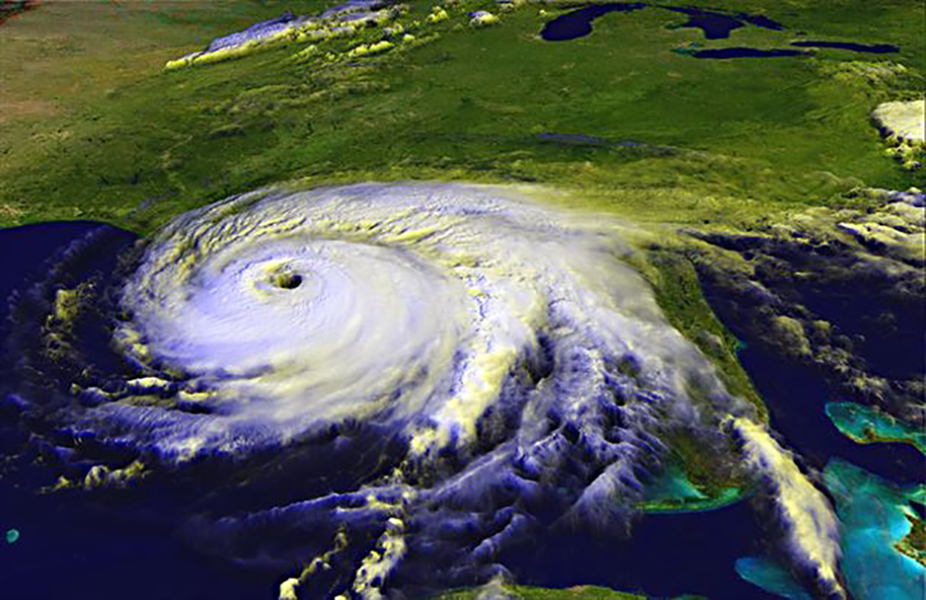Why Hurricanes Occur
Hurricanes from Category 1 to 5 can bring about vast destruction
September 27, 2017
A hurricane, also known as a tropical cyclone, forms over warm waters going at 74 miles per hour. The center or a hurricane is called the eye and that’s where the storm is said to be the most peaceful, yet the most dangerous part of the storm. Hurricanes occur at an average of fourteen times per year, while tropical storms occur at an overwhelming rate.
There is a lot of confusion when discerning the difference between a tropical storm and a hurricane. Tropical storms, also know as a cyclonic circulation, occur when the wind flow reaches at least 39 miles an hour, and no more than 73 miles per hour. Once a tropical storm has surpassed 73 miles per hour it then is considered a hurricane.
Not only do hurricanes have powerful winds, but they also cause a major rise in the water levels. Although hurricanes cause an insurmountable amount of flooding, there are rare instances where water is sucked away from the shore, instead of growing closer to humanity. It then pushes on land in often vast amounts. These appearances are known as storm surges.
Hurricanes are measured from category one to five by using the Saffir Simpson Hurricane Wind Scale. A category one hurricane consist of winds that are from 74 to 95 miles per hour. A category two hurricane has winds that go from 96 to 110 and can last from multiply days to a week. Level three hurricane will start causing major damage to houses and fences because the winds reach speeds of 111 to 129 miles per hour. Category four hurricanes have winds starting at 130 to 156 miles per hour that can destroy windows, houses, and knock down trees. Level five hurricanes can take homes away from families because winds are from 157 mile an hour winds or higher.




